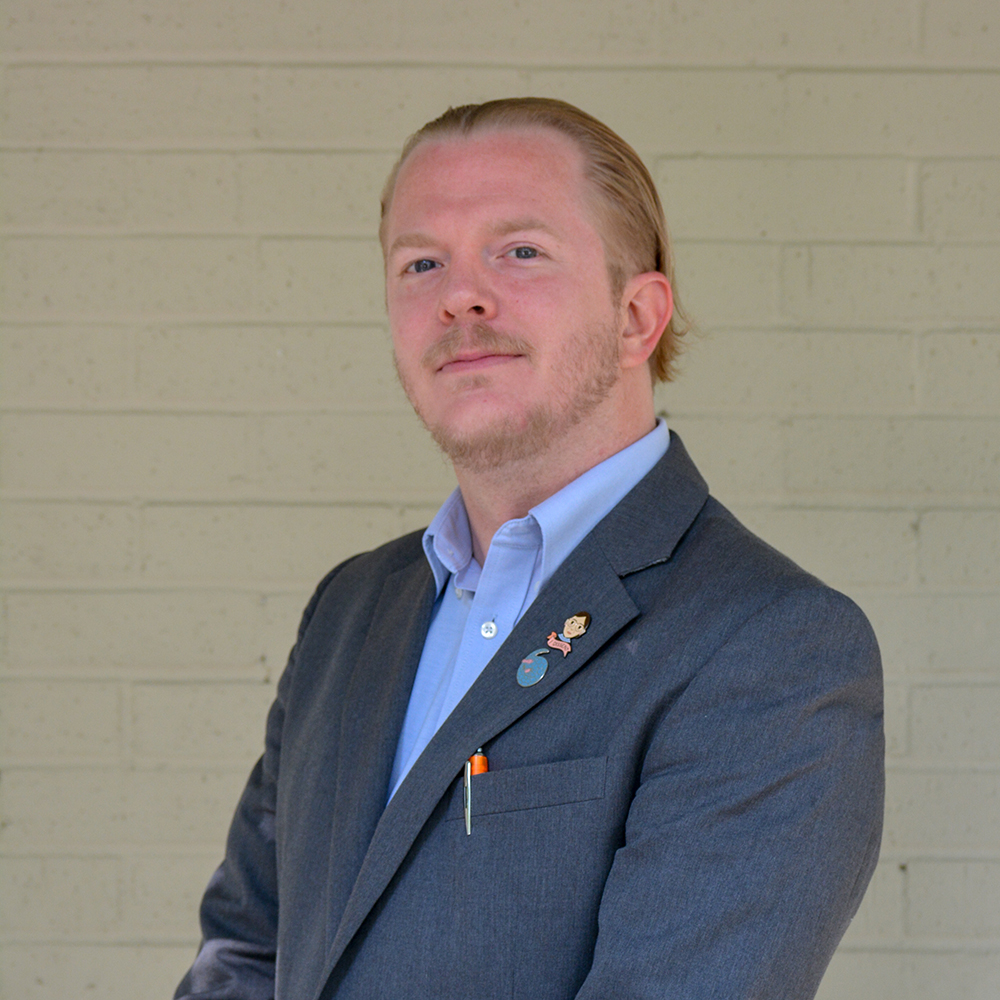
mentatdgt/Shutterstock
.
The office always seems to have a louder buzz this time of year. A steady stream of potential candidates pour in and out of interviews. Onboarding and preservice training is meticulously mapped out in an attempt to provide all staff the skills, resources and competencies needed to impact student lives with high-quality OST programming.

Justin Hensley
By November, however, the smiles, laughs and fist bumps from trainings and workshops have become distant memories. Many times the competencies and objectives from those trainings have started to fade as well. In the fast-moving world of OST, we can lose not only momentum, but also quality unless we are as intentional with our yearlong professional development plan as we are with our preservice development.
We know that high-quality programs produce stronger student outcomes. Quality is commonly gauged in out-of-school time by looking at strengths within certain elements. Various states may label them differently, but all will list program environment and program activities as two categories for high-quality standards. Both these elements are heavily dependent on front-line staff and their direct managers.
Within this program environment bucket, front-line staff are essential in:
- creating and maintaining a safe and healthy environment,
- providing positive adult-to-student relationships,
- managing an entire classroom while adapting to individual student needs,
- and employing behavior management or modification techniques.
Within the program activities bucket, front-line staff are responsible for:
- creating lesson plans aligned to state or national academic standards,
- delivering impactful national curriculum,
- facilitating engaging experiences,
- promoting SEL and pro-social behavior development,
- and fostering voice and choice within activities.
Success at site is dependent on front-line staff. This is why we train, coach and teach our staff the skills and competencies they need. It is also why professional development plans (PDPs) are pivotal to program quality.
Professional development plans
PDPs vary from industry to industry and from organization to organization. The four components most consistently seen in after-school programming are performance reviews, annual training plans, individual development plans (IDPs) and leadership programs or tracks.
One example of a PDP framework:

Performance reviews are a bare minimum at any organization. For front-line staff they can be as minimal as a 30-day performance review. The interview process, no matter how solid, can still fail to filter out potential employees that may not be cut out for youth development. Having a performance review early in the school year can allow managers an avenue to address issues immediately. Whether that leads to replacing low-performing staff or supporting their growth into high-performing staff, front-line staff performance reviews will lead to higher quality on site.
For managers and coordinators, quarterly reviews based on yearly goals and objectives should be common practice. Quarterly reviews offer the opportunity to both check in on progress toward the goals as well as revisit how the larger organizational goals affect student outcomes, something that can become lost in the hustle of the day to day on site.
Annual training plans are also a critical requirement to a quality PDP. Annual training plans simply map out what is required for every employee at each level of staffing. An annual training plan for a manager or a coordinator should look different than one for front-line staff, but within each role, the plans will be identical. These plans spell out what trainings or workshops they are required to attend throughout the year. This will include preprogram training, winter break training, CPR or other certifications and anything else the organization plans throughout the year, whether online or in person.
[Related: Annual Training Plan]
Mapping out the year’s trainings create a two-fold benefit. For the organization, it pushes those who are responsible for creating professional development and training to be intentional about the entire year. This can allow scaffolding of concepts, development of themes and consistent promotion of organization culture or vision. For the employee, the clear and overt message sent when they are handed or emailed a copy of an annual training reads, “we value you and plan on investing in your growth in this field.” This message echoes one of the biggest influences professional development plans have on quality, staff retention.
Unlike annual training plans, individual development plans are specific to each employee. Due to size of staff and the time required to create individualized plans, it may not be feasible to have all staff on IDPs. Building IDPs exclusively for full-time staff or site managers can be a heavy lift, but they can also have tremendous impact on quality. IDPs focus on the individual staff’s areas of strengths and growth needed.
Where annual training plans outline development to solidify skills and competencies needed for their current role, IDPs can have more flexibility to look to future roles. A best practice is to meet the employee to discuss a three- to five-year vision of where they see their career, what current strengths will help them get there and what skills or competencies need to be expanded to achieve the future goal.
The individual development plan will outline the year with learning objectives, opportunities or resources and evidence of development. This can be anything from watching TED Talks followed by reflection debriefs with their supervisor to completing certification programs in specific areas. IDPs require time and effort to build and locate resources, but the impact on retention, internal talent pipeline building and cementing a culture of growth within the organization will result in higher-quality programs.
[Related: Individual Development Plan Template]
Leadership programs top the final area of this professional development plan framework. Where IDPs build an internal talent pipeline driven by employee specific development, leadership programs or tracks build the pipeline through developing the broader skills and competencies needed for a certain role or position. Take, for example, a leadership program designed to prepare the next “class” of site managers. This could be a monthly or quarterly workshop where top-performing activity or program leaders are paired with a coach or mentor, learn what the roles and responsibilities of the position are and develop the next set of skills needed for the role.
A leadership program like this creates multiple effects on program quality. It will create a pool of internal staff ready to apply for future site manager vacancies or be available for site expansion to minimize the growing pains that often follow new managers. Leadership programs equip current site managers with a highly trained right-hand staff member who can ensure programs run consistently if the manager is absent from site as well as develop the current manager’s delegation and coaching skills. The additional administrative support to the manager can also prevent burnout and free some of their time to focus on program quality.
If continuous improvement is the engine that powers program quality, then staff are the ones driving quality. Every new challenge faced on a site or organizational level holds an opportunity to practice, reflect and grow. Implementing successful professional development plans guide and accelerate this growth through intentional support of staff creating an organization dedicated to reaching the highest student outcomes.
Justin Hensley has served in multiple capacities throughout his 13-year career in out-of-school time, including his current role at After-School All-Stars North Texas, and is starting his 15th year as an adjunct professor at Mountain View College. He is passionate about the role staff development plays in quality programming and increasing student outcomes.































